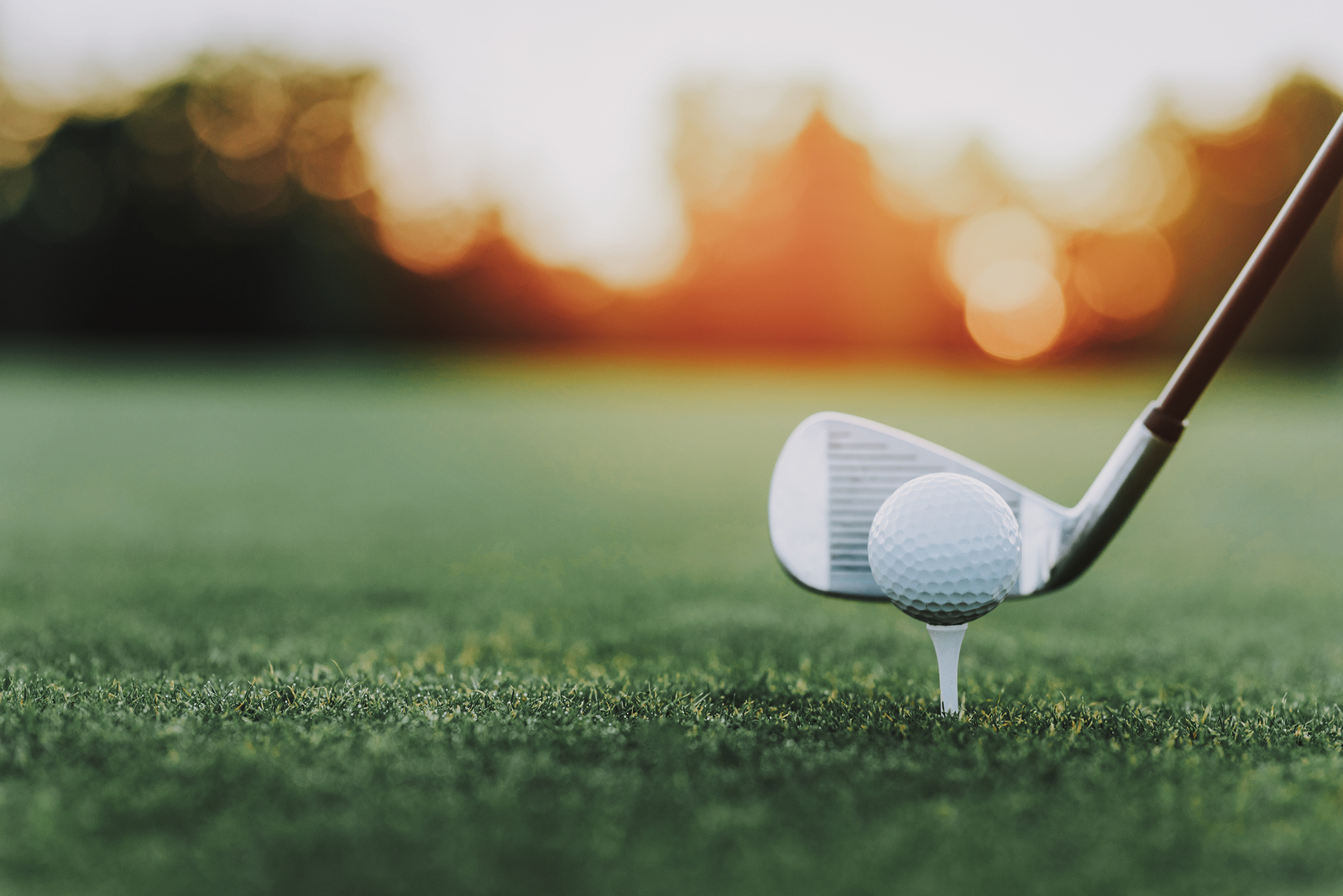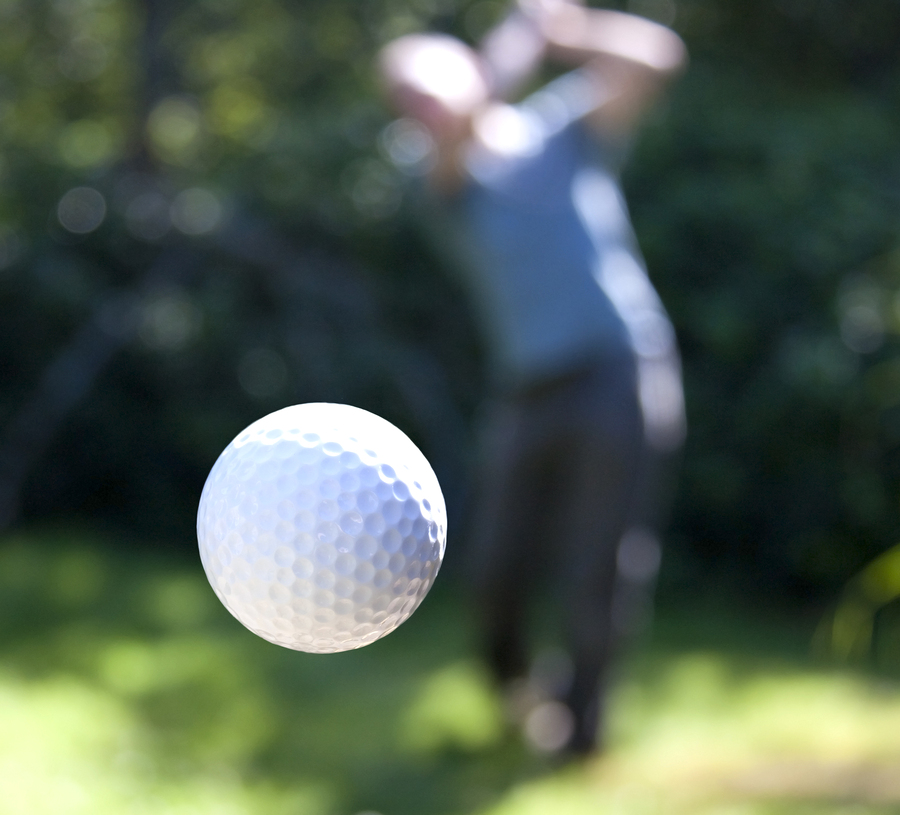
Every golfer knows the importance of clubs and technique, but many overlook one of the most vital pieces of equipment: the golf ball. At first glance, they all seem alike. But dig deeper, and you’ll find that each ball performs differently based on how it’s built—and how you play.
Choosing the right golf ball doesn’t just elevate your game. It can transform it.
Why Golf Balls Matter More Than You Think
From the dimple pattern on the surface to the number of layers inside, every design detail impacts ball speed, spin rate, distance, and feel. For the average golfer, that could mean the difference between holding the green on approach shots or watching the ball run off the back. For skilled players, it’s all about dialing in precise control and maximizing every swing.
The key to selecting the best golf ball lies in matching it to your skill level, swing speed, and personal preferences.
Golf Ball Construction: Layers, Compression, and Covers
1. Number of Layers
Golf balls typically come in two-piece, three-piece, or multi-layered constructions. Each offers different benefits.
- Two-piece ball: A hard core with a durable cover. Best for longer distance, durability, and straight flight. Ideal for average golfers and those with a slower swing speed.
- Three-piece golf ball: Adds a middle layer to enhance feel and spin rate. A good step up for intermediate players seeking better control.
- Four or five layers: Designed for advanced players and experienced golfers. These balls offer maximum responsiveness, higher spin, and control across all shots—especially approach shots.
2. Compression Ratings
Compression refers to how much a ball deforms at impact. Lower numbers mean a softer ball that compresses more easily, while higher numbers indicate a firmer feel.
- Lower compression: Great for golfers with a slow swing speed or those wanting a softer feel. Delivers more energy transfer and helps generate maximum distance.
- Higher compression ball: Ideal for players with faster swing speeds. Offers better feedback and better performance on controlled shots.
3. Cover Materials
Most golf balls use either an ionomer or urethane cover.
- Ionomer: Tougher and more durable. Reduces spin for straighter shots and less curve—helpful for beginners.
- Urethane: Softer, more responsive. Favored by skilled players for better control around the greens and a soft feel on short game shots.
How to Match the Golf Ball to Your Swing Speed and Skill Level
Not every golfer plays the same, and not every ball suits every player. Here’s how to narrow your choice based on how you play:
1. Beginner or High-Handicap Golfer
- Choose a two-piece ball with a lower compression core.
- Ionomer covers reduce hooks and slices, helping you keep the ball in play.
- Prioritize maximum distance and forgiveness over spin.
2. Intermediate or Average Golfer
- Look for three-piece golf balls that balance distance and feel.
- Options with urethane covers allow for softer feel without sacrificing control.
- Compression should match your swing speed—typically in the moderate range.
3. Advanced or Experienced Golfer
- Opt for four or five-piece tour-level balls.
- Seek higher compression balls for optimized ball speed and spin rate.
- These balls offer better performance on finesse shots, fades, and shaping drives.
The Role of Feel and Spin in Performance

Choosing a soft golf ball creates a more comfortable, connected sensation at impact—especially beneficial on chips, pitches, and approach shots. A softer feel helps players control spin rate, judge greenside behavior, and gain confidence on shorter shots.
Golfers with slower swing speeds often benefit from a soft golf ball due to its ability to compress more easily, helping them achieve longer distance without overexerting. Meanwhile, those with faster swing speeds can maximize performance with firmer, higher compression balls that respond precisely to power and angle.
Testing and Personal Preference Matter Most
There’s no universal “best golf ball.” The right golf ball depends on your feel, your tempo, and how it fits into your broader golf game. Try several models. Test them off the tee and inside 100 yards. Note how they spin, how they launch, and how they stop.
If you’re playing regularly across various courses in the United States, weather, elevation, and course conditions all influence which ball performs best.
Keep in mind:
- A soft golf ball may feel great but result in less distance if your swing lacks speed.
- A firmer, higher compression ball might offer power but suffer in short game control unless you have the touch of a pro.
- The dimple pattern affects trajectory and wind resistance—another factor to consider based on your home course.
Ultimately, personal preference plays a huge role. When in doubt, start with a mid-compression, three-layer ball and work from there.
Conclusion: Find the Ball That Fits Your Game
Every golfer deserves a ball that complements their unique style of play. Whether you’re new to the game or a seasoned veteran, understanding golf ball construction, compression, and cover materials helps you choose wisely.
The right golf ball brings consistency, confidence, and an edge that reflects your true potential. Try out a few, pay attention to how they feel and perform—and trust what works for your game.
Looking to test out new gear? Bring a sleeve of different options to River’s Edge and see how they respond to your swing speed on our fairways. The difference might surprise you.
